17 Gross-Looking Dishes That Will Blow Your Mind With Flavor
At first glance, some of the world’s most extraordinary dishes might not seem appetizing. However, these ‘gross-looking’ meals deliver taste revelations that defy expectations, offering a culinary adventure beyond mere appearances. Join us as we explore 17 such dishes that challenge conventional notions of food aesthetics.
1. Hákarl (Fermented Shark) – Iceland
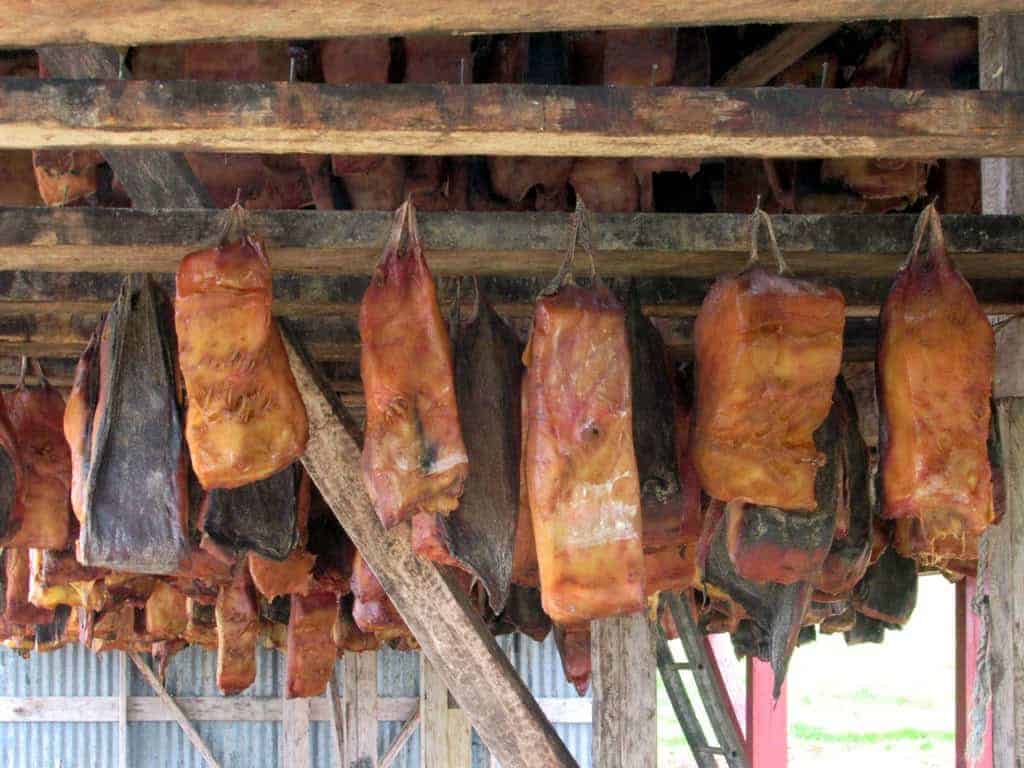
Iceland’s infamous hákarl, or fermented shark, is notorious for its strong ammonia scent and almost gelatinous texture. While its appearance and aroma repel many, enthusiasts savor a unique flavor profile with subtle fishiness and bold savoriness. Compared to blue cheese in terms of divisiveness, hákarl is a rite of passage for adventurous eaters. (current.seabourn.com)
2. Natto (Fermented Soybeans) – Japan
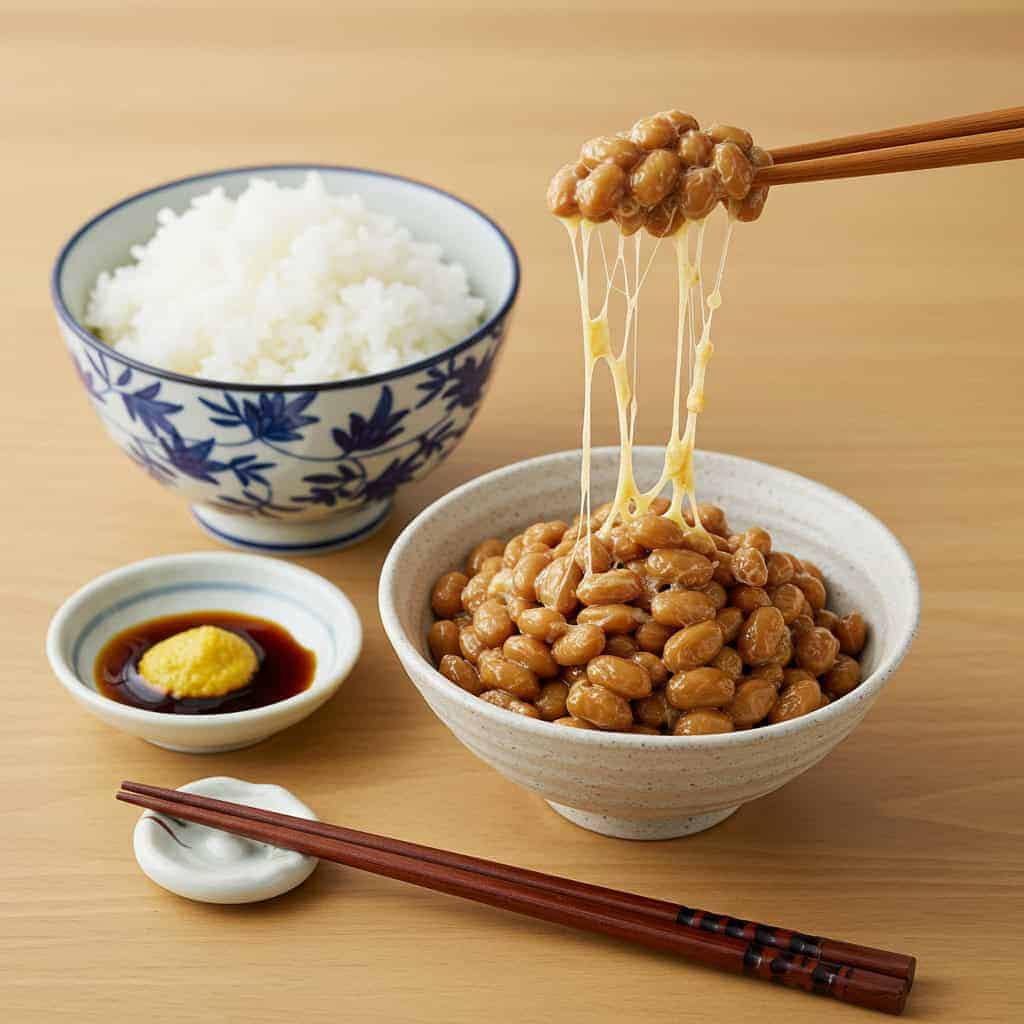
Natto, a traditional Japanese breakfast staple, is renowned for its sticky, stringy texture and pungent aroma. Despite its challenging appearance and scent, many find its earthy, savory flavor surprisingly addictive. Typically enjoyed with rice and seasoned with mustard or soy sauce, natto is often compared to other fermented foods like tempeh and blue cheese. Its unique taste and texture make it a distinctive component of Japanese cuisine. (en.wikipedia.org)
3. Surströmming (Fermented Herring) – Sweden
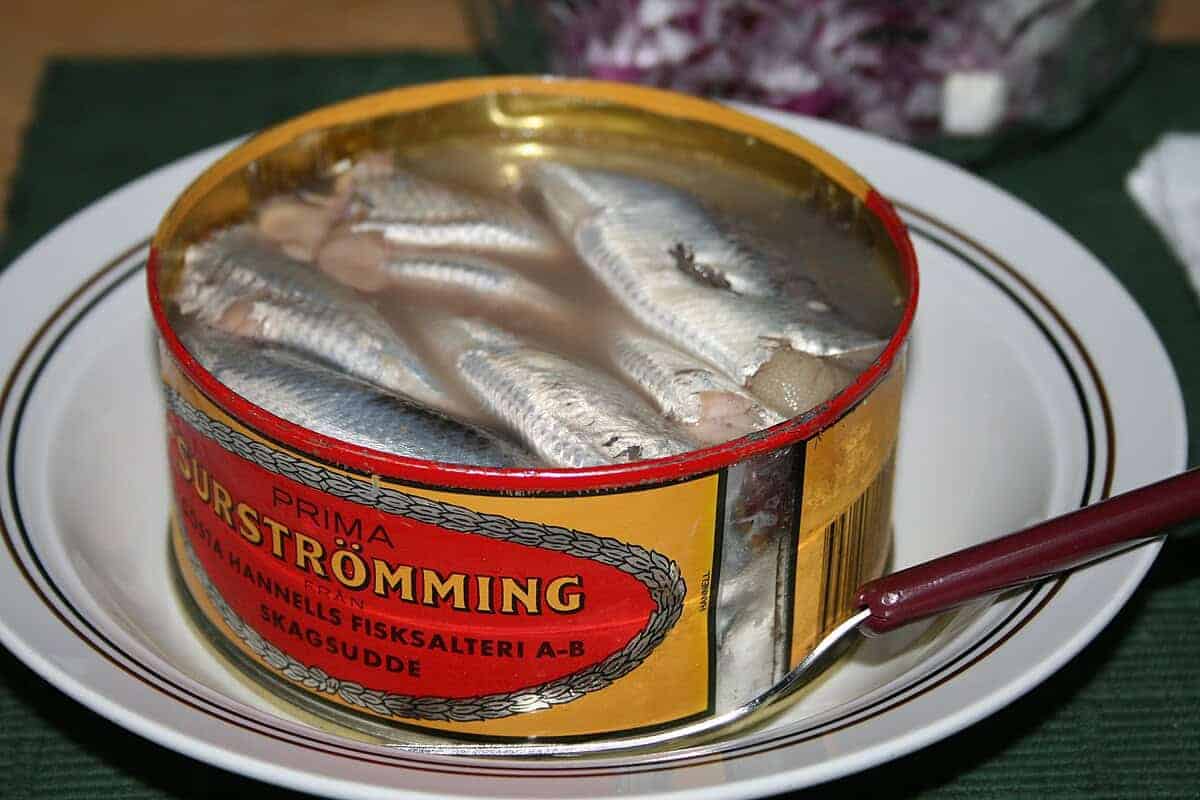
Swedish surströmming, or fermented herring, is notorious for its intense odor, often described as overpowering. This fermented herring looks unappealing and smells overpowering, but when eaten with flatbread and mild accompaniments, it delivers a salty, tangy, umami-packed flavor reminiscent of anchovies amplified tenfold. (visitsweden.com) Traditionally consumed outdoors due to its pungent aroma, surströmming is a rite of passage for adventurous eaters seeking a unique culinary experience. (britannica.com)
4. Menudo (Tripe Soup) – Mexico
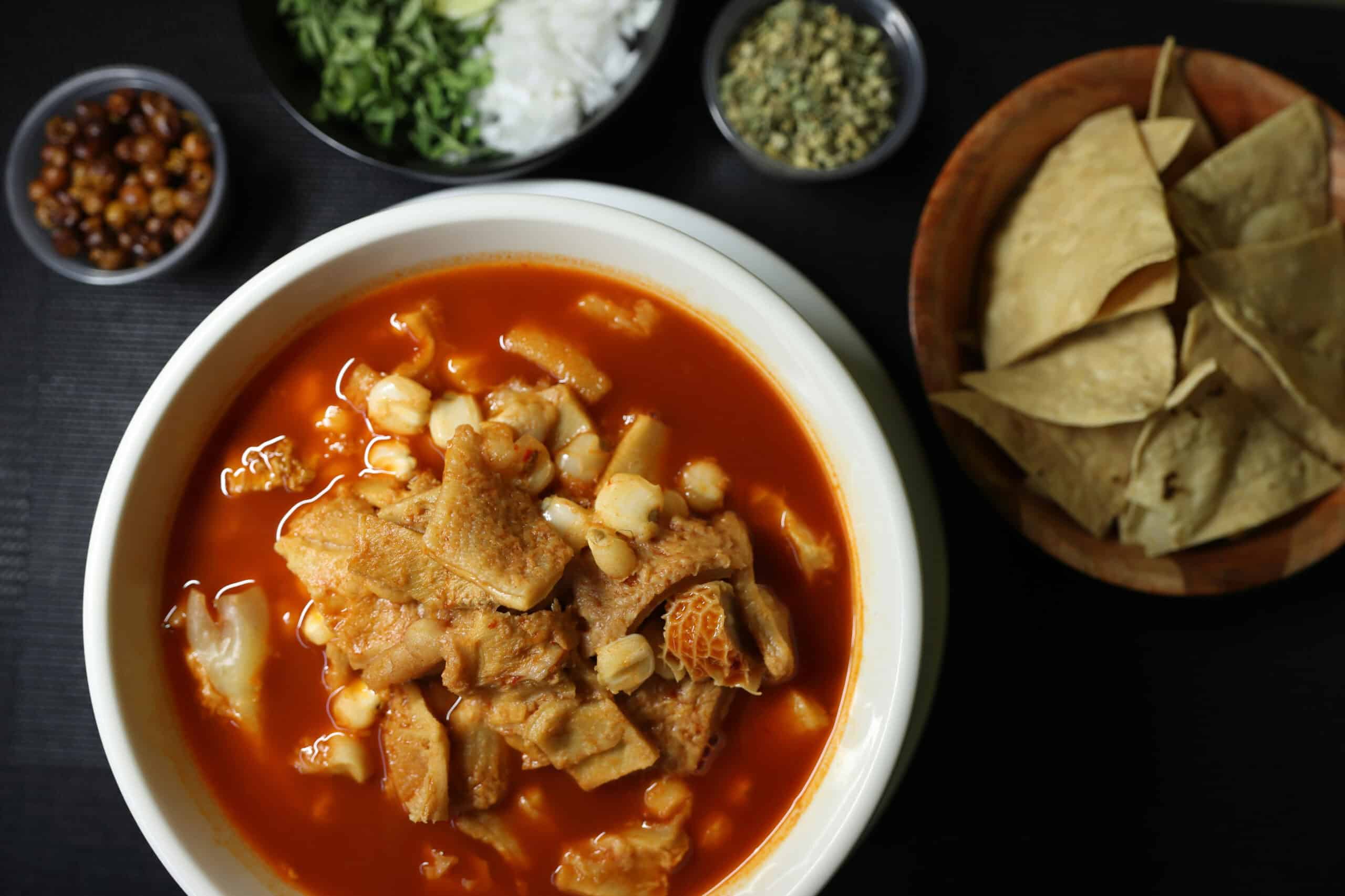
Menudo, a traditional Mexican soup, is made with beef tripe (cow stomach) simmered in a spicy, savory broth. Its rubbery texture and appearance might deter first-timers, but this dish is beloved for its rich, comforting flavors. Often compared to pho or beef noodle soup, menudo is typically enjoyed with hominy, lime, onions, and oregano. It’s a communal dish, often prepared for family gatherings and special occasions. (en.wikipedia.org)
5. Balut (Fertilized Duck Egg) – Philippines
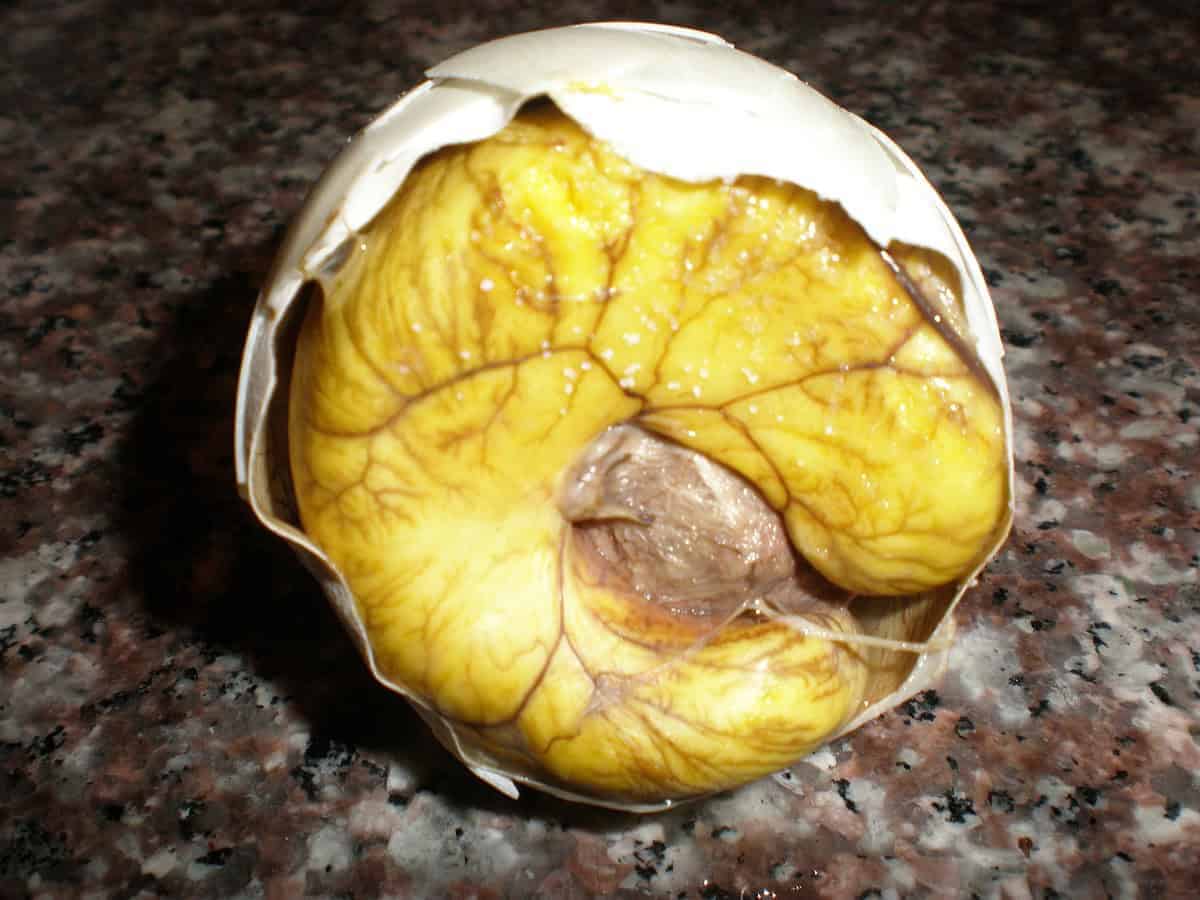
Balut is a traditional Filipino delicacy consisting of a fertilized duck egg incubated for 14 to 21 days, then boiled and eaten directly from the shell. The sight of a partially developed embryo can be unsettling, but the flavor is highly prized: a rich, meaty, and broth-like experience, often compared with the richness of bone marrow or soft-boiled eggs. Balut is commonly enjoyed as a street snack across the Philippines, typically seasoned with salt, vinegar, and sometimes chili. (en.wikipedia.org)
6. Black Pudding (Blood Sausage) – UK & Ireland

Black pudding, a traditional blood sausage from the UK and Ireland, is made from pork or beef blood, fat, and cereals like oatmeal or barley. Its dark, crumbly appearance may seem unappetizing, but the flavor is earthy, savory, and slightly sweet. Often served sliced and fried as part of a classic English or Irish breakfast, black pudding is a beloved component of these hearty meals. (en.wikipedia.org)
7. Escamoles (Ant Larvae) – Mexico
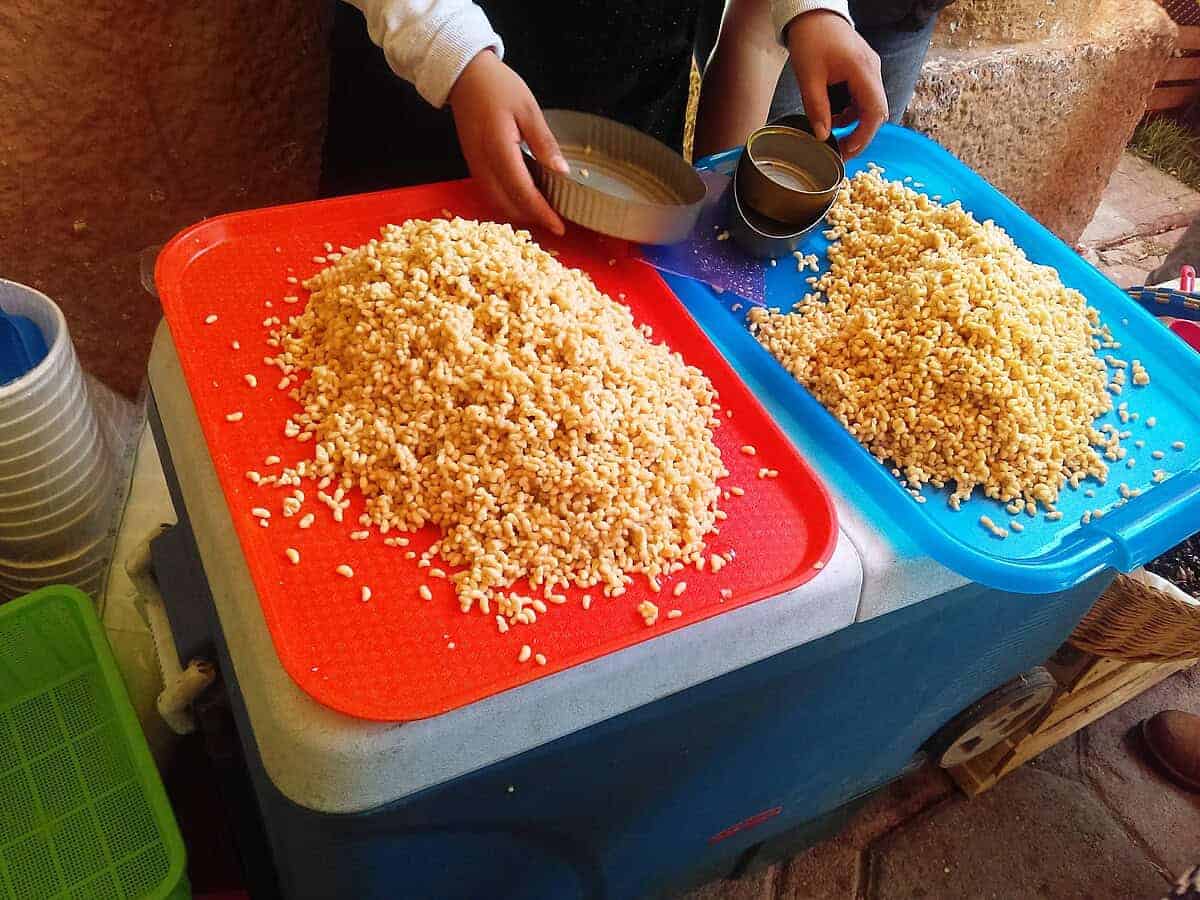
Escamoles, known as “Mexican caviar,” are the edible larvae and pupae of the Liometopum apiculatum ant species, harvested from the roots of agave plants. Despite their grainy appearance and the knowledge of their origin, escamoles offer a nutty, buttery flavor and a gentle pop, likened to cottage cheese or mild scrambled eggs. This delicacy has been consumed in Mexico since the era of the Aztecs. (en.wikipedia.org)
8. Casu Marzu (Maggot Cheese) – Italy

Sardinia’s notorious cheese, Casu Marzu, is ripened with live insect larvae. The runny, almost decomposed-looking cheese, with visible maggots, understandably causes hesitation. Yet, cheese lovers describe it as creamy, spicy, and intensely flavorful—pushing the boundaries of what is possible with traditional pecorino. (cnn.com)
9. Sannakji (Live Octopus) – Korea
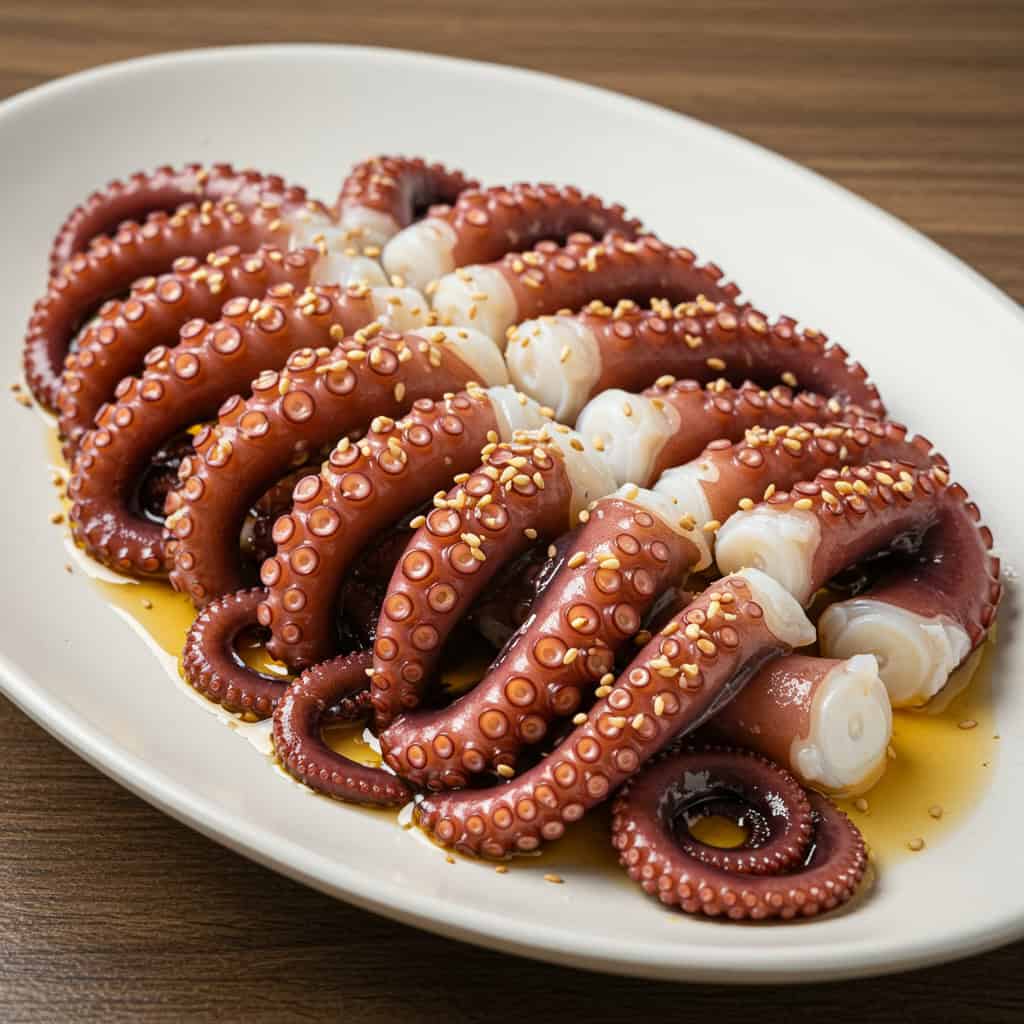
Sannakji is a traditional Korean dish featuring live octopus tentacles that are freshly cut and served immediately, often still wriggling on the plate. Despite the unsettling visual, diners appreciate its chewy texture and mild, sea-salty flavor, typically enhanced with sesame oil and seeds. While similar to calamari in taste, sannakji offers a more interactive dining experience. It’s important to chew thoroughly to prevent the suction cups from causing choking hazards. (en.wikipedia.org)
10. Century Egg (Preserved Egg) – China
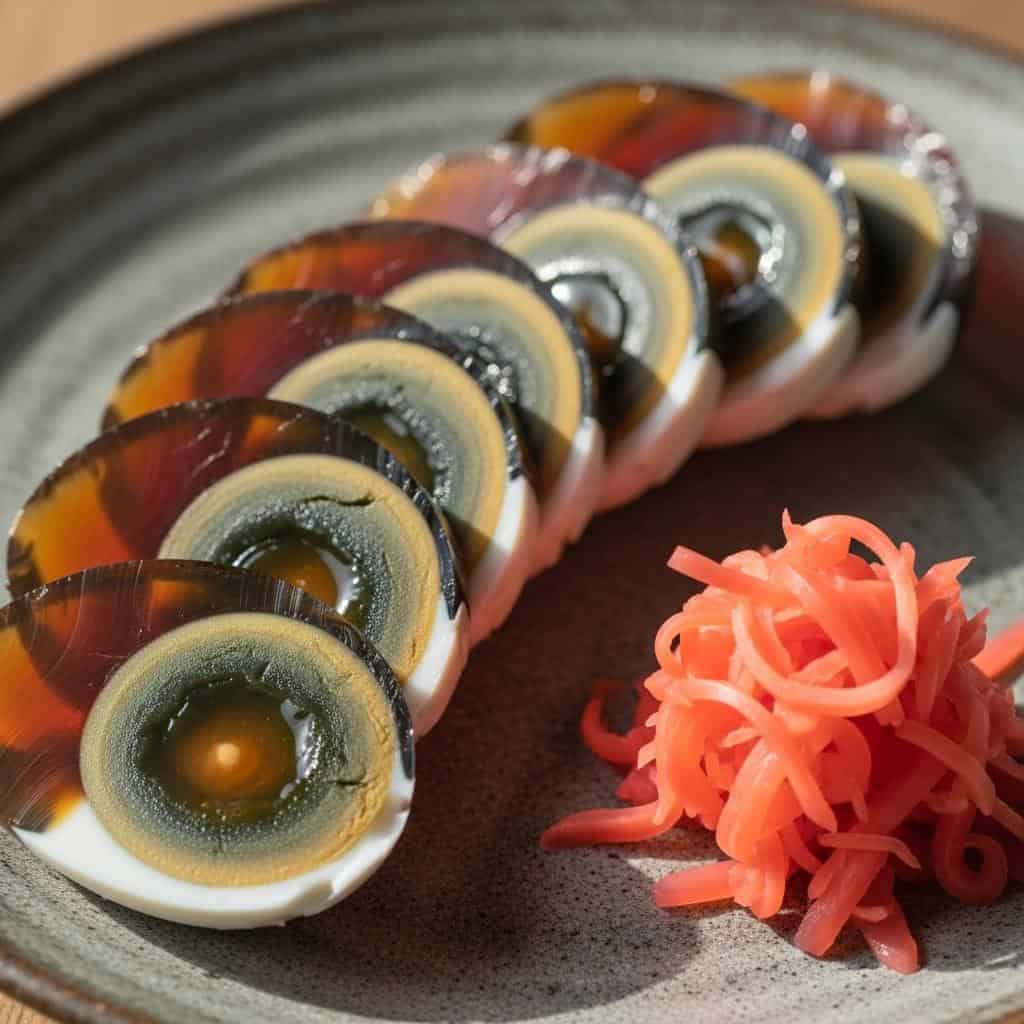
Century eggs, also known as preserved eggs or thousand-year-old eggs, are a traditional Chinese delicacy made by preserving duck, chicken, or quail eggs in a mixture of clay, ash, salt, quicklime, and rice hulls for several weeks to months. This process transforms the egg white into a dark, translucent jelly-like substance and the yolk into a creamy, greenish-gray color. Despite their otherworldly appearance and sulfurous aroma, these eggs deliver a bold, creamy, and slightly pungent flavor, often compared to strong blue cheese or ripe camembert. They are commonly enjoyed sliced and served with pickled ginger or incorporated into dishes like congee. (en.wikipedia.org)
11. Andouillette (Chitterling Sausage) – France

Andouillette is a traditional French sausage made from pork intestines, seasoned with wine, onions, herbs, and spices. Its coarse, oddly textured interior and strong aroma can be off-putting, but it rewards the brave with a peppery, deeply porky flavor revered by aficionados. Often contrasted with more approachable bratwursts, andouillette is a cherished delicacy in regions like Troyes, Lyon, and Vouvray. (en.wikipedia.org, regions-of-france.com)
12. Stinky Tofu – Taiwan & China
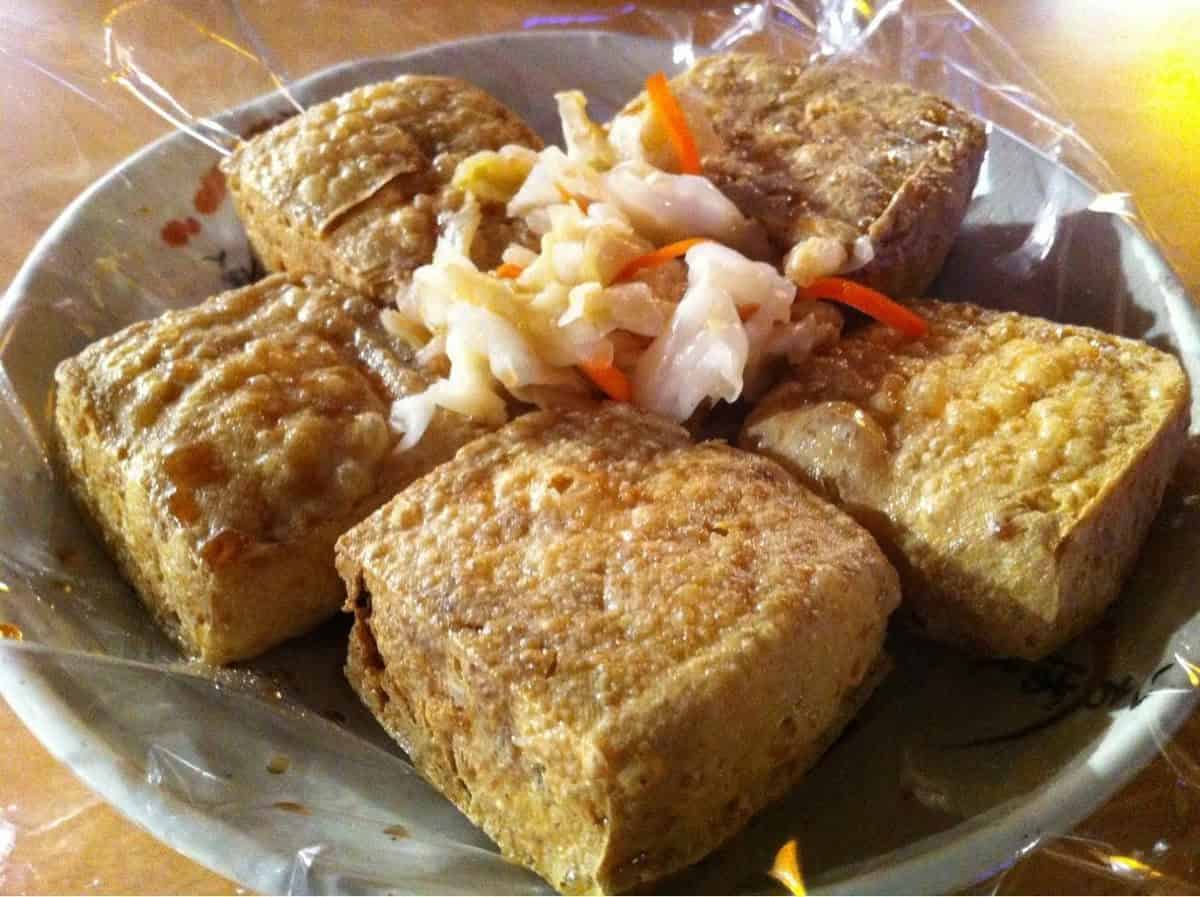
Stinky tofu is a traditional Chinese delicacy, particularly popular in Taiwan, known for its strong, pungent aroma that many liken to rotten garbage or smelly feet. Despite its off-putting scent, this fermented tofu offers a surprisingly mild, savory flavor with a custardy texture. It’s commonly deep-fried and served with pickled cabbage, making it a beloved street food. (businessinsider.com)
13. Blood Pancakes (Blodplättar) – Scandinavia

Blood pancakes, known as blodplättar in Sweden, veriohukainen in Finland, and veriohukainen in Estonia, are traditional Scandinavian dishes made from whipped animal blood, typically reindeer blood, mixed with water or beer, flour, and eggs. These pancakes have a dark, nearly purplish hue and a unique origin that may give pause. However, they offer a subtly sweet flavor with an iron-rich depth, especially when served with lingonberry jam, making them a cherished part of Nordic culinary heritage. (en.wikipedia.org)
14. Mopane Worms – Southern Africa
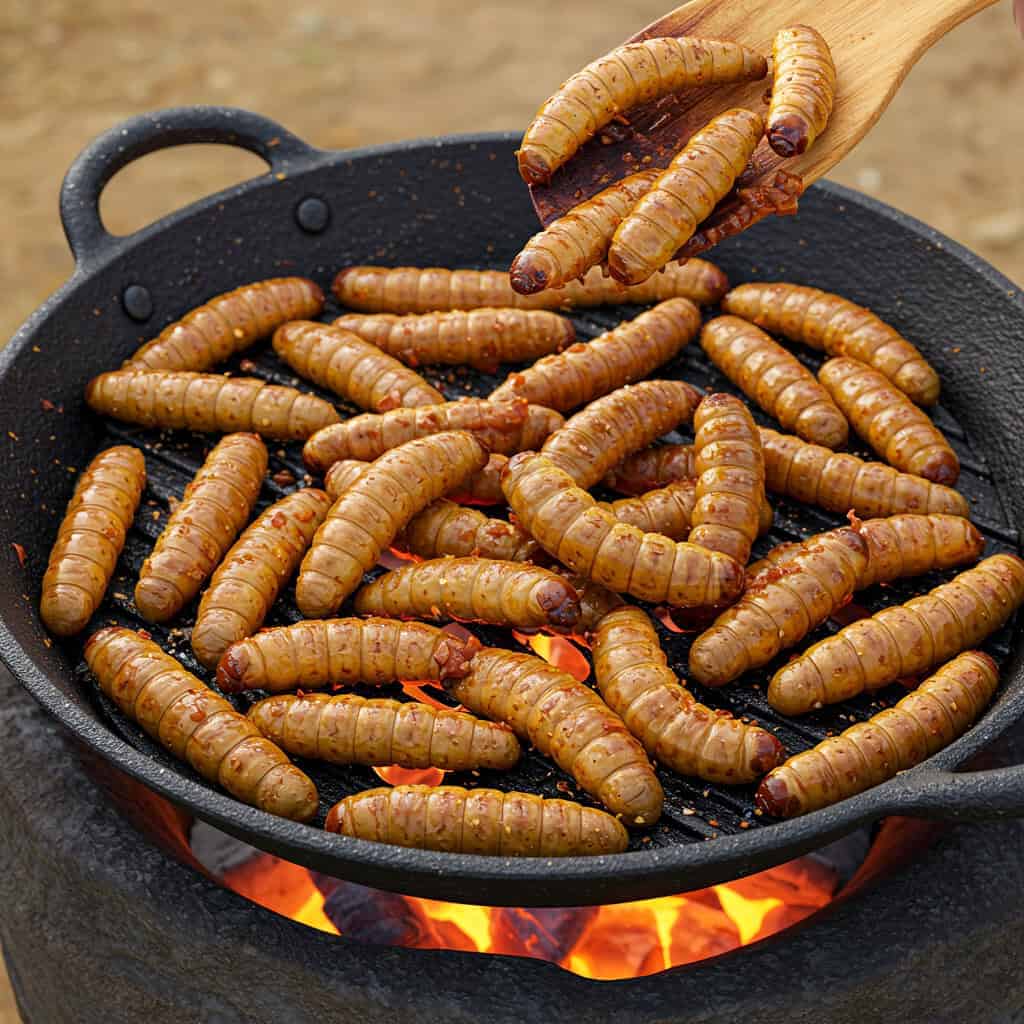
Mopane worms, the caterpillars of the emperor moth (*Gonimbrasia belina*), are a traditional delicacy in Southern Africa. (en.wikipedia.org) Their ridged, segmented bodies may appear intimidating, but when roasted or fried, they become crunchy and are rich in protein. The flavor is smoky and nutty, often compared to beef jerky, making them a popular street food and a valuable source of nutrition in the region. (brandsouthafrica.com)
15. Chitlins (Chitterlings) – United States
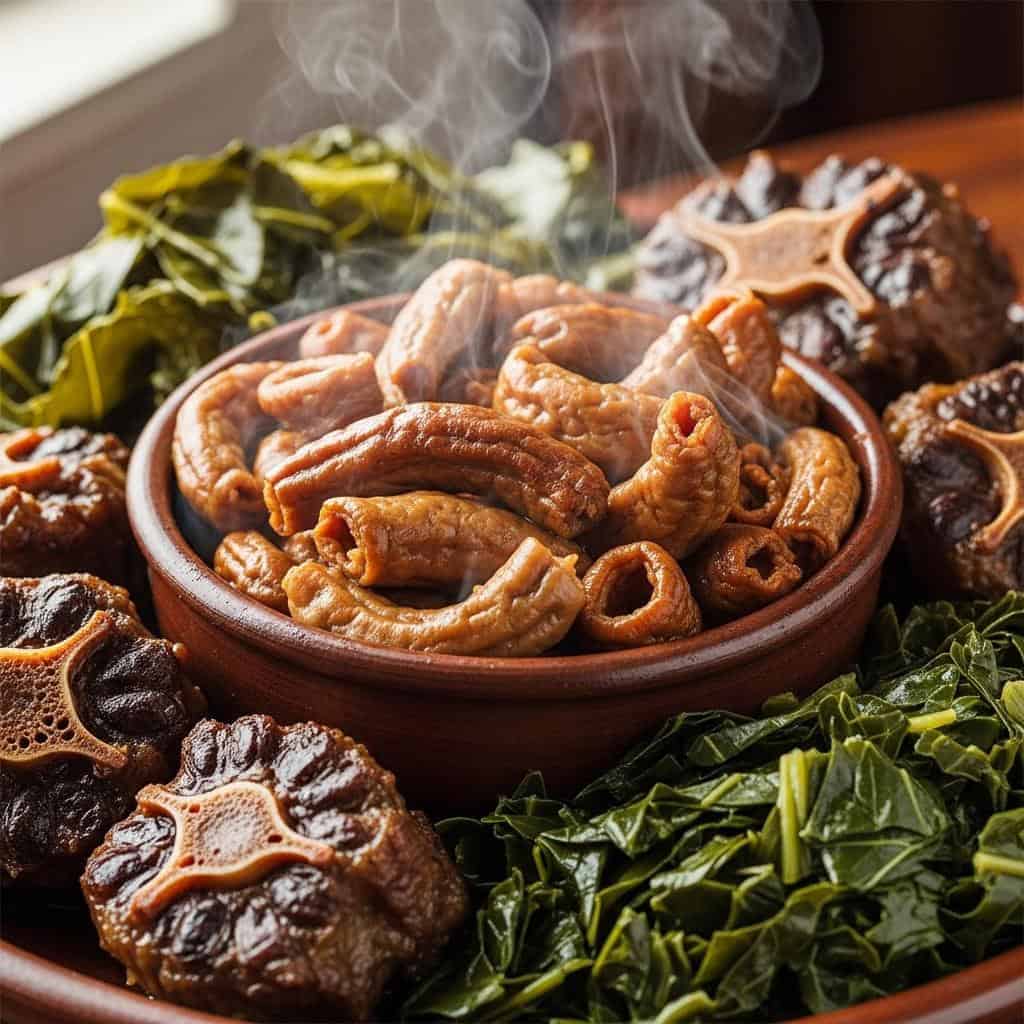
Chitlins, also known as chitterlings, are a traditional Southern dish made from the small intestines of pigs. Their presence in a dish holds visual and aromatic challenges, but the flavor—a combination of savory, earthy, and fatty notes—is beloved in traditional Southern cooking, similar in heartiness to oxtails or collard greens. (en.wikipedia.org)
16. Tiet Cahn (Raw Blood Soup) – Vietnam
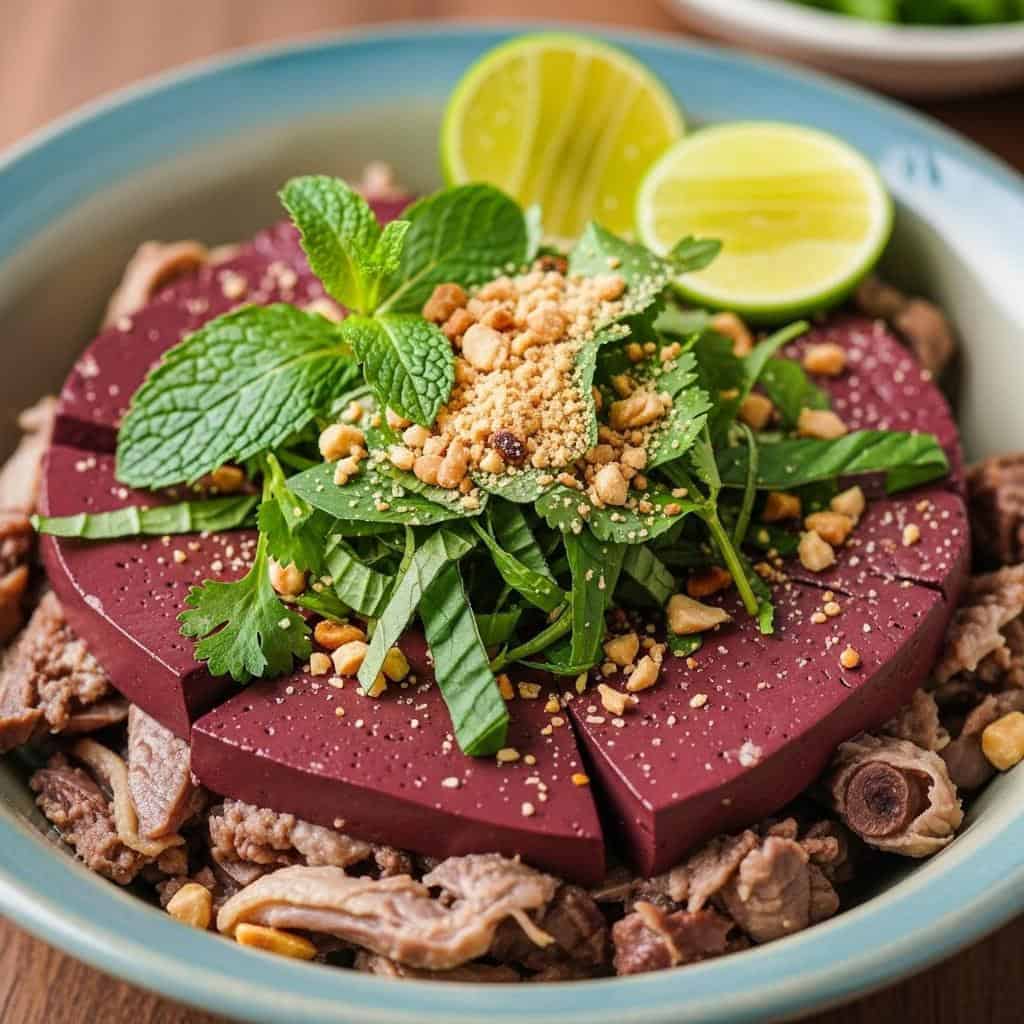
Tiet cahn, or raw blood soup, is a traditional Vietnamese dish made from freshly drawn animal blood, typically from ducks or pigs. The blood is mixed with fish sauce to prevent premature coagulation, then poured over cooked meat and allowed to set into a gelatinous consistency. Toppings such as peanuts, herbs like Vietnamese coriander and mint, and sometimes lime juice are added before serving. Despite its striking ruby red color and gelatinous texture, tiet cahn is prized for its delicate, herby flavor and silkiness, reminiscent of cold aspic or consommé. However, due to health concerns associated with consuming raw blood, its popularity has declined in recent years. (en.wikipedia.org)
17. Rocky Mountain Oysters (Fried Bull Testicles) – USA
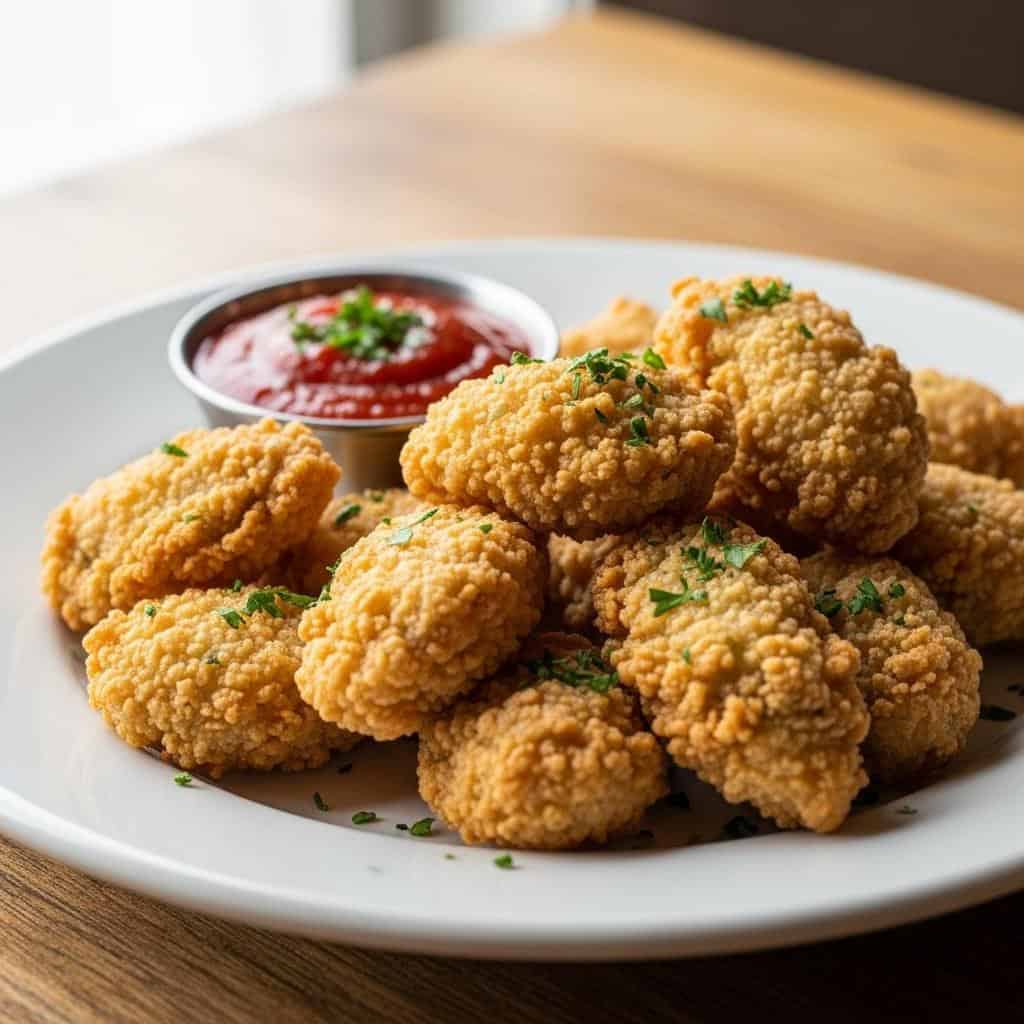
Rocky Mountain oysters, also known as prairie oysters or calf fries, are a traditional dish in the American West made from bull testicles. The testicles are skinned, sliced, and deep-fried, resulting in a crispy exterior and tender, beefy interior. Often served as an appetizer with cocktail sauce, they are a popular feature at various festivals and specialty restaurants across the region. Despite their unconventional origin, many find their flavor and texture comparable to fried chicken or calamari, making them a surprisingly crowd-pleasing bar snack. (en.wikipedia.org)
Conclusion

Throughout this exploration, we’ve discovered that appearances can be deceiving. Despite initial hesitation, these dishes prove that incredible flavor experiences await those willing to look beyond presentation. Embracing culinary curiosity and open-minded tasting can lead to delightful surprises, as many “ugly” foods offer rich and satisfying tastes that challenge our expectations. So, the next time you encounter an unfamiliar dish, consider giving it a try—you might just find a new favorite. (tastesdelicious.com)
.article-content-img img { width: 100% }




